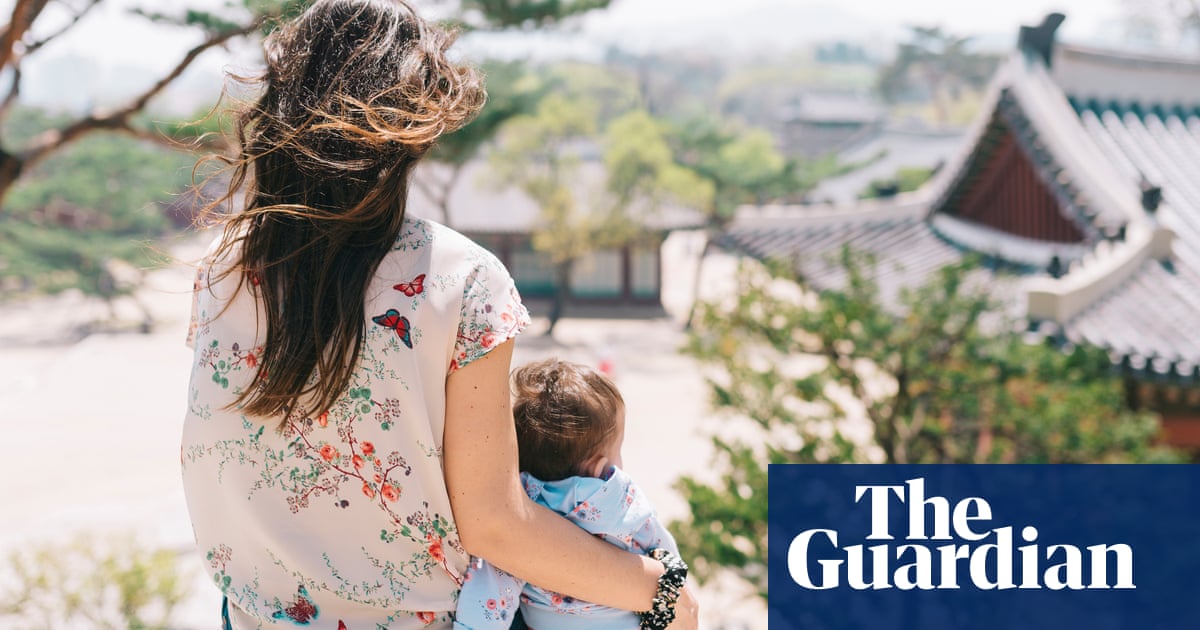South Korea’s birthrate surged at its fastest pace in more than three decades in April, offering tentative signs of recovery in a country grappling with the world’s lowest fertility rate, official data showed.
The number of babies born in April reached 20,717, marking an 8.7% increase from the same month last year and the steepest monthly growth since April 1991, according toStatistics Korea.
The increase extends a positive trend that began last year, with births rising for10 consecutive months.
“The rise in births appears to be influenced by increased marriages since last year, growth in the population of women in their early 30s, and various birth promotion policies,” a Statistics Korea officialsaid.
April saw 18,921 couples marry, a 4.9% increase year-on-year and the 13th consecutive month of marriage growth.
South Korea’s strong correlation between marriage and childbirth, with few children born outside marriage, tends to make wedding figures a key indicator for future birth trends.
The so-called “echo boomers” might also be contributing. The large cohort born between 1991 and 1995 is now aged 29-34 and entering prime marriage and childbearing years. Data shows that women aged 30-34 increased from 1.51 million in 2020 to 1.65 million in May this year.
However, officialsremain cautiousabout the sustainability of the trend. The country’s total fertility rate – or the average number of babies a woman is expected to have in her lifetime –remains at a crisis level of 0.75, well below the 2.1 needed to maintain population stability without large-scale immigration.
A recent United Nationsreportclassified South Korea among nations experiencing “ultra-low fertility”, calculating a 0.1% probability that the country will recover to sustainable birthrates within three decades.
In recent years,authoritiesat all levels and evenlarge corporationshave launched aggressive campaigns to reverse the demographic decline, ranging from generous cash handouts todating programmes.
Experts attribute South Korea’s demographic crisis to a variety of factors, including soaring housing costs, intense educational competition, demanding work culture, and changing attitudes towards marriage and family life among younger generations.
Women are also increasingly delaying or forgoing childbirth due to career concerns and the burden of traditional gender roles.
President Lee Jae Myung,elected last month, has made demographic recovery a cornerstone of his new administration.
Hisproposalsinclude providing all newlywed couples with 100m won (£53,800) loans with debt forgiveness based on the number of children born,expanding child allowancesto age 18, and implementingfamily-friendly tax reformsmodelled on France’s family quotient system, which lowers taxes for families by adjusting for the number of children in the household.
Experts have questioned whether financial incentives alone can reverse the demographic decline.
Hong Sok-chul, an economist at Seoul National University,told local mediathat while the government’s policies appeared aimed at reducing costs related to marriage and childbearing, he had doubts about whether this would lead to a birthrate rebound.
“There needs to be effort to solve structural social problems,” he said.
